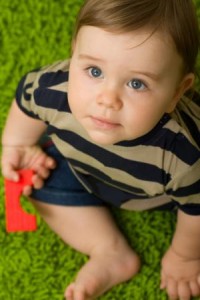People have the capacity to recognize twenty faces better than recognizing twenty pictures of roses. The Brain: Seeing the Person Behind the Face provides a hypothesis to how we are able to recognize faces altogether.
One condition called Prosopagnosia is responsible for the inability to identify faces. It is a common disorder, but is not clearly understood. One of my favorite neuroscientists , Oliver Sacks who is 78 this year was only recently diagnosed with Prosopagnosia. In his book, he says “I have had difficulty remembering faces for as long as I can remember.”
The reason why Prosopagnosia is not clearly understood is because doctors have not understood how normal face recognition works. Cognitive Neuroscientist Marlene Behrmann, found that human brains know how to identify faces by carrying out a “mathematical transformation of each face, encoding it as a point in a multidimensional face space” rather than being able to identify faces through photographic images.
The face space model has become much more accepted by neuroscientist today. They suggest the way we store faces in our brains is by decreasing the face to a point, by creating a dense code for representing many numbers of faces. It suggests that our brains only need to store the distance and direction of a point from the center of face space. Average looking faces are located in the center of face space, however, people with more distinctive features deviate from the center of the face space.

It goes on to describe how caricatures of famous people allow us to sometimes recognize them more quickly than a photographic image.
Several experiments were conducted to further understand this hypothesis, but the seven participants in the experiment were not adequate enough to make a statement that claims people who are face-blind can still retain face space. They did, however admit that further research is needed to interpret how we recognize faces.






